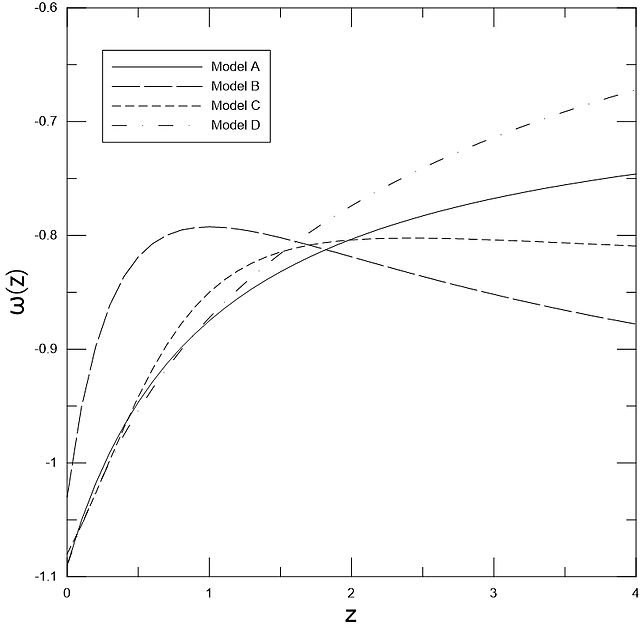A non-standard cosmology is any physical cosmological model of the universe that was, or still is, proposed as an alternative to the then-current standard model of cosmology. The term non-standard is applied to any theory that does not conform to the scientific consensus. Because the term depends on the prevailing consensus, the meaning of the term changes over time. For example, hot dark matter would not have been considered non-standard in 1990, but would have been in 2010. Conversely, a non-zero cosmological constant resulting in an accelerating universe would have been considered non-standard in 1990, but is part of the standard cosmology in 2010.
Image: Wz z
The Big Bang is a physical theory that describes how the universe expanded from an initial state of high density and temperature. It was first proposed in 1931 by Roman Catholic priest and physicist Georges Lemaître when he suggested the universe emerged from a "primeval atom". Various cosmological models of the Big Bang explain the evolution of the observable universe from the earliest known periods through its subsequent large-scale form. These models offer a comprehensive explanation for a broad range of observed phenomena, including the abundance of light elements, the cosmic microwave background (CMB) radiation, and large-scale structure. The overall uniformity of the universe, known as the flatness problem, is explained through cosmic inflation: a sudden and very rapid expansion of space during the earliest moments. However, physics currently lacks a widely accepted theory of quantum gravity that can successfully model the earliest conditions of the Big Bang.

Panoramic view of the entire near-infrared sky reveals the distribution of galaxies beyond the Milky Way. Galaxies are color-coded by redshift.
Abell 2744 galaxy cluster – Hubble Frontier Fields view
XDF size compared to the size of the Moon (XDF is the small box to the left of, and nearly below, the Moon) – several thousand galaxies, each consisting of billions of stars, are in this small view.
XDF (2012) view – each light speck is a galaxy – some of these are as old as 13.2 billion years – the universe is estimated to contain 200 billion galaxies.





